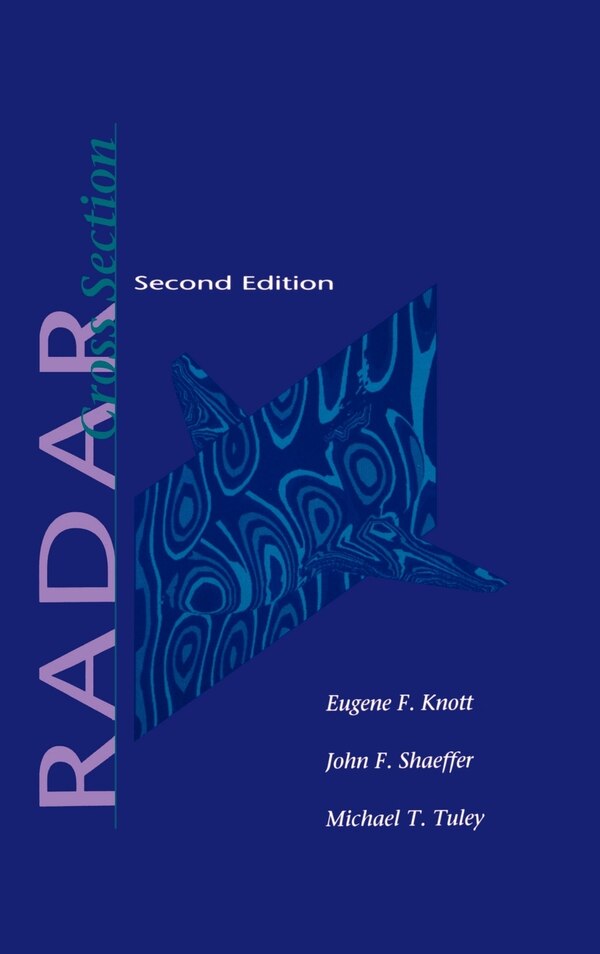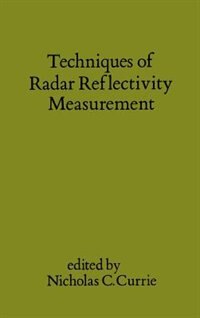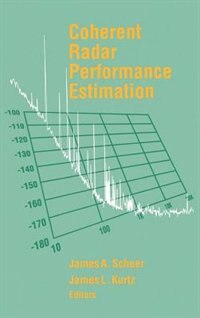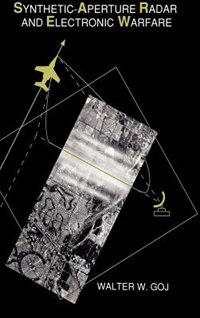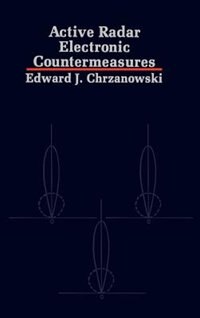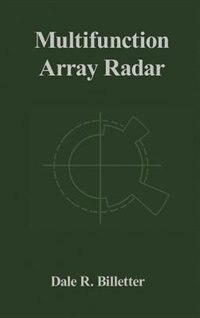Home
Bistatic Radar Cross Section Characterization Of Complex Objects by Robert L Eigel, Paperback | Indigo Chapters
Loading Inventory...
Coles
Bistatic Radar Cross Section Characterization Of Complex Objects by Robert L Eigel, Paperback | Indigo Chapters
From Robert L Eigel
Current price: $60.51


Coles
Bistatic Radar Cross Section Characterization Of Complex Objects by Robert L Eigel, Paperback | Indigo Chapters
From Robert L Eigel
Current price: $60.51
Loading Inventory...
Size: 0.44 x 9.69 x 0.85
*Product information may vary - to confirm product availability, pricing, shipping and return information please contact Coles
The averaging is expected to improve the performance of the MBETs, but this is not always the case. The geometric complexity of the object determines which scattering mechanisms dominate the scattered field, and it is this characteristic which dictates the appropriateness of the MBET prediction. Both MBETs predict purely specular activity from the flat plate (simple object) fairly well for bistatic angles less than 30-40 degrees, but the dual specular scattering of Object C (minimally complex object) decreases MBET performance to bistatic angles of 15-20 degrees, and the specular/non-specular interactions of Object B (rigorously complex object) make the MBETs useful for bistatic angles of only 5-10 degrees. MBET predictions at larger bistatic angles tend to be lower than measured data for the minimally complex object and higher than measured for the rigorously complex object. The discrepancies are primarily due to the changing nature of the scattering centers as a function of bistatic angle. Geometries which support wide lobewidth specular reflections exhibit less variation in the nature/existence of the scattering centers than those who support specular and non-specular effects, thus leading to better correlation between MBET and measured RCS. Averaging improves MBET correlation noticeably for the specular reflection of the flat plate, minimally for Object C's dual specular reflections, and not at all for Object B's specular/non-specular signature. Kell's MBET is slightly better at predicting the amplitude of diffraction components from a simple shape, but neither has the advantage when predicting scattering from the complex objects. Kell's formula also requires a larger monostatic data set than Crispin's to predict the same angular extent of bistatic RCS and suffers from a degradation in angular resolution near the transmitter illumination angle. | Bistatic Radar Cross Section Characterization Of Complex Objects by Robert L Eigel, Paperback | Indigo Chapters


